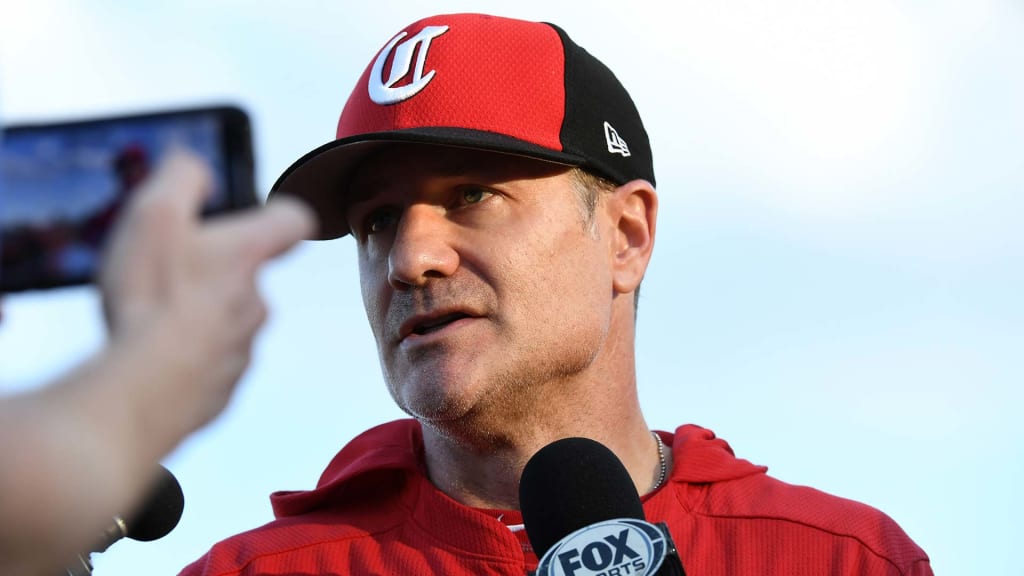
GOODYEAR, Ariz. -- The Reds will have a new manager and new coaches in the dugout, as well as new pitchers on the mound in 2019. Does that foreshadow that the pitching staff will be handled differently from the first out through to the 27th?
The short answer is maybe. Manager David Bell, pitching coach Derek Johnson and assistant pitching coach Caleb Cotham have the personnel to use their pitchers the traditional way. But they also have the ingenuity and the opportunity to think outside the box.
“It’s a feel part,” Johnson said. “It’s obviously how much your starter can give you. But even with that, it’s knowing that your starter is really good for 18 outs. After those outs, his performance starts to go down. I don’t think we’re there yet, knowing who that is and what number that is.”
Last season under former managers Bryan Price and Jim Riggleman, the Reds rotation was ranked 13th out of 15 National League clubs in innings pitched with 838 2/3 frames, and 14th with a 5.02 ERA. The front office invested in the rotation by trading for three starters -- Sonny Gray, Tanner Roark and Alex Wood. For the bullpen, situational lefty Zach Duke was signed as a free agent.
The expectation is that the new starters, combined with holdovers Anthony DeSclafani and Opening Day starter Luis Castillo, will make the rotation vastly improved. Only Wood will get a late start because he’s going to begin the season on the injured list due to a sore lower back suffered early in camp. Wood resumed throwing off a mound this week.
It’s the bullpen where Bell and Johnson can be innovative. The closer the last two seasons, Raisel Iglesias, is now available for any high-leverage scenario, regardless of inning. Iglesias is capable of working multiple innings, as is Michael Lorenzen, Jared Hughes, David Hernandez and Amir Garrett. The club wants Duke to face lefties and righties. The plan is not to pigeonhole relievers into innings or roles, but to utilize them as out-getters for any situation.
“It’s looking for high-leverage spots to put your best pitchers, and understanding the situation of the game, understanding that those outs are going to be the most important, and trying to do your best to limit damage and try to best match up pitcher and hitter the best that you can,” Johnson said.
With the Brewers last season under manager Craig Counsell, Johnson experimented with using openers and utilized All-Star lefty Josh Hader in the early, middle and late innings when needed. Johnson could certainly go that route with numerous relievers, especially Lorenzen, since he can be an effective hitter. He could also pitch, play center field and return to the mound.
“I just think there are no limitations on what is available to David as he’s managing the game,” Lorenzen said. “Obviously, that’s going to be extremely beneficial on what he can do, and what type of strategy he decides to go with. Options are always very good, and we have lots of options in how he can use us.”
Like many clubs, there is also new increased focus on advanced statistics and technology to help pitchers improve. Cotham’s role is to simplify the data from Rapsodo, Edgertronic and TrackMan systems for the pitchers and point out where they can fine tune.
Because of NL rules, there will be times when Bell is forced to pull a pitcher from a strong start for a pinch-hitter when runs are needed. There could be a bad matchup, or any number of variables that will confront the first-year manager.
In the end, the plan on any given day will be about just bridging the game from whenever the starter exits to out No. 27.
“We just need to win ballgames,” Lorenzen said. “If you’re not on the same page as that, then we’ll find someone else who is.”
